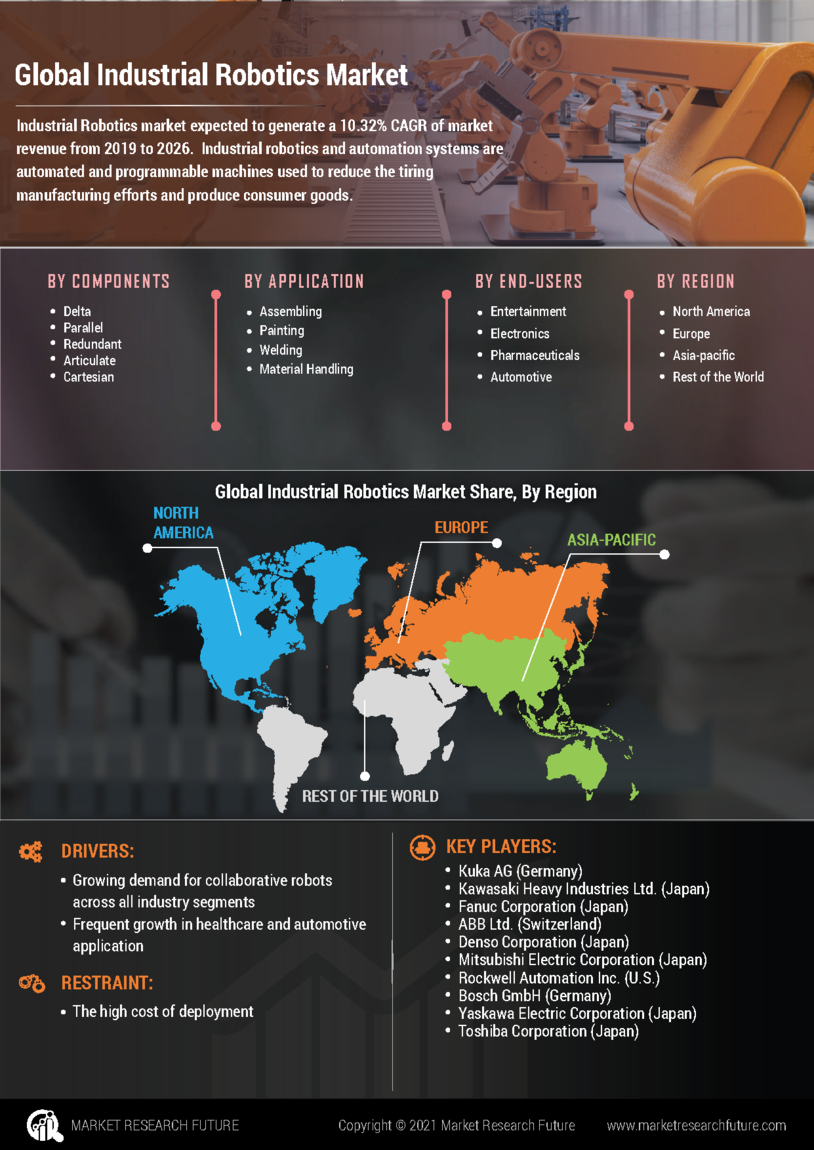The Ultimate Guide to Setting Up a Virtual Assistant Agency: Tips and Steps for Success
In today's fast-paced world, many individuals and businesses are turning to virtual assistants to streamline their operations and improve productivity. The demand for virtual assistants has skyrocketed, presenting a promising opportunity for aspiring entrepreneurs to set up their own virtual assistant agencies. If you're interested in starting your own virtual assistant agency, this ultimate guide is here to help you navigate the necessary steps and provide valuable tips for success.
1. Understand the Industry and Target Market:
Before diving into starting your agency, it's crucial to gain a solid understanding of the virtual assistant industry. Conduct market research to identify competitors, target clients, and services that are in demand. Explore various niches such as administrative support, social media management, customer service, or specialized industry-specific assistance.
2. Define Your Services and Niche:
One of the keys to standing out in a competitive market is finding your agency's unique selling proposition. Determine the specific services your agency will offer, and consider focusing on a niche or specialization. This will help you attract clients seeking specialized services and build a strong reputation within that field.
3. Create a Business Plan:
Crafting a comprehensive business plan is essential for any venture. Outline your agency's mission, vision, target market, competitive analysis, marketing strategies, financial projections, and growth plans. A solid business plan will guide your decisions and provide a roadmap for success.
4. Build a Reliable Team of Virtual Assistants:
Your virtual assistants are the backbone of your agency, making it essential to carefully select and build a reliable team. Look for talented individuals with exceptional organizational skills, excellent communication abilities, and a strong work ethic. Assess their experience, expertise, and willingness to learn and grow along with your agency.
5. Establish Clear Goals and Processes:
Clearly define your agency's goals, both short-term and long-term. Set realistic targets for acquiring clients, expanding your team, and generating revenue. Develop efficient processes and systems to ensure smooth operations, from onboarding clients and managing projects to invoicing and communication.
6. Leverage Technology:
Being a virtual assistant agency means relying heavily on technology to connect, collaborate, and deliver services. Invest in project management systems, communication tools, and time-tracking software to streamline your agency's daily operations. Embrace automation whenever possible to free up time for your team to focus on more valuable tasks.
7. Craft an Effective Marketing Strategy:
To attract clients and establish your agency's presence in the market, develop a robust marketing strategy. Create a professional website that highlights your services and showcases testimonials or case studies from satisfied clients. Leverage social media platforms, content marketing, search engine optimization, and networking to reach potential clients and build your agency's reputation.
8. Provide Exceptional Customer Service:
Outstanding customer service is crucial for client satisfaction and building long-lasting relationships. Communicate regularly with your clients, address their needs promptly, and exceed their expectations whenever possible. Strive to deliver high-quality work consistently, ensuring client retention and positive word-of-mouth referrals.
9. Scale and Adapt:
As your agency grows, continuously evaluate your business model and adapt accordingly. Consider expanding your service offerings, refining your processes, or exploring new markets. Stay up-to-date with industry trends and emerging technologies to provide innovative solutions to your clients.
Conclusion:
Setting up a virtual assistant agency can be a rewarding and profitable venture if done right. By following the steps outlined in this ultimate guide, you can lay a solid foundation for your agency's success. Remember, it takes dedication, perseverance, and continuous learning to thrive in this evolving industry. With the right strategies, a dedicated team, and exceptional customer service, your virtual assistant agency can become a leader in the field. Good luck!
Website - https://www.vpalondon.co.uk/
In today's fast-paced world, many individuals and businesses are turning to virtual assistants to streamline their operations and improve productivity. The demand for virtual assistants has skyrocketed, presenting a promising opportunity for aspiring entrepreneurs to set up their own virtual assistant agencies. If you're interested in starting your own virtual assistant agency, this ultimate guide is here to help you navigate the necessary steps and provide valuable tips for success.
1. Understand the Industry and Target Market:
Before diving into starting your agency, it's crucial to gain a solid understanding of the virtual assistant industry. Conduct market research to identify competitors, target clients, and services that are in demand. Explore various niches such as administrative support, social media management, customer service, or specialized industry-specific assistance.
2. Define Your Services and Niche:
One of the keys to standing out in a competitive market is finding your agency's unique selling proposition. Determine the specific services your agency will offer, and consider focusing on a niche or specialization. This will help you attract clients seeking specialized services and build a strong reputation within that field.
3. Create a Business Plan:
Crafting a comprehensive business plan is essential for any venture. Outline your agency's mission, vision, target market, competitive analysis, marketing strategies, financial projections, and growth plans. A solid business plan will guide your decisions and provide a roadmap for success.
4. Build a Reliable Team of Virtual Assistants:
Your virtual assistants are the backbone of your agency, making it essential to carefully select and build a reliable team. Look for talented individuals with exceptional organizational skills, excellent communication abilities, and a strong work ethic. Assess their experience, expertise, and willingness to learn and grow along with your agency.
5. Establish Clear Goals and Processes:
Clearly define your agency's goals, both short-term and long-term. Set realistic targets for acquiring clients, expanding your team, and generating revenue. Develop efficient processes and systems to ensure smooth operations, from onboarding clients and managing projects to invoicing and communication.
6. Leverage Technology:
Being a virtual assistant agency means relying heavily on technology to connect, collaborate, and deliver services. Invest in project management systems, communication tools, and time-tracking software to streamline your agency's daily operations. Embrace automation whenever possible to free up time for your team to focus on more valuable tasks.
7. Craft an Effective Marketing Strategy:
To attract clients and establish your agency's presence in the market, develop a robust marketing strategy. Create a professional website that highlights your services and showcases testimonials or case studies from satisfied clients. Leverage social media platforms, content marketing, search engine optimization, and networking to reach potential clients and build your agency's reputation.
8. Provide Exceptional Customer Service:
Outstanding customer service is crucial for client satisfaction and building long-lasting relationships. Communicate regularly with your clients, address their needs promptly, and exceed their expectations whenever possible. Strive to deliver high-quality work consistently, ensuring client retention and positive word-of-mouth referrals.
9. Scale and Adapt:
As your agency grows, continuously evaluate your business model and adapt accordingly. Consider expanding your service offerings, refining your processes, or exploring new markets. Stay up-to-date with industry trends and emerging technologies to provide innovative solutions to your clients.
Conclusion:
Setting up a virtual assistant agency can be a rewarding and profitable venture if done right. By following the steps outlined in this ultimate guide, you can lay a solid foundation for your agency's success. Remember, it takes dedication, perseverance, and continuous learning to thrive in this evolving industry. With the right strategies, a dedicated team, and exceptional customer service, your virtual assistant agency can become a leader in the field. Good luck!
Website - https://www.vpalondon.co.uk/
The Ultimate Guide to Setting Up a Virtual Assistant Agency: Tips and Steps for Success
In today's fast-paced world, many individuals and businesses are turning to virtual assistants to streamline their operations and improve productivity. The demand for virtual assistants has skyrocketed, presenting a promising opportunity for aspiring entrepreneurs to set up their own virtual assistant agencies. If you're interested in starting your own virtual assistant agency, this ultimate guide is here to help you navigate the necessary steps and provide valuable tips for success.
1. Understand the Industry and Target Market:
Before diving into starting your agency, it's crucial to gain a solid understanding of the virtual assistant industry. Conduct market research to identify competitors, target clients, and services that are in demand. Explore various niches such as administrative support, social media management, customer service, or specialized industry-specific assistance.
2. Define Your Services and Niche:
One of the keys to standing out in a competitive market is finding your agency's unique selling proposition. Determine the specific services your agency will offer, and consider focusing on a niche or specialization. This will help you attract clients seeking specialized services and build a strong reputation within that field.
3. Create a Business Plan:
Crafting a comprehensive business plan is essential for any venture. Outline your agency's mission, vision, target market, competitive analysis, marketing strategies, financial projections, and growth plans. A solid business plan will guide your decisions and provide a roadmap for success.
4. Build a Reliable Team of Virtual Assistants:
Your virtual assistants are the backbone of your agency, making it essential to carefully select and build a reliable team. Look for talented individuals with exceptional organizational skills, excellent communication abilities, and a strong work ethic. Assess their experience, expertise, and willingness to learn and grow along with your agency.
5. Establish Clear Goals and Processes:
Clearly define your agency's goals, both short-term and long-term. Set realistic targets for acquiring clients, expanding your team, and generating revenue. Develop efficient processes and systems to ensure smooth operations, from onboarding clients and managing projects to invoicing and communication.
6. Leverage Technology:
Being a virtual assistant agency means relying heavily on technology to connect, collaborate, and deliver services. Invest in project management systems, communication tools, and time-tracking software to streamline your agency's daily operations. Embrace automation whenever possible to free up time for your team to focus on more valuable tasks.
7. Craft an Effective Marketing Strategy:
To attract clients and establish your agency's presence in the market, develop a robust marketing strategy. Create a professional website that highlights your services and showcases testimonials or case studies from satisfied clients. Leverage social media platforms, content marketing, search engine optimization, and networking to reach potential clients and build your agency's reputation.
8. Provide Exceptional Customer Service:
Outstanding customer service is crucial for client satisfaction and building long-lasting relationships. Communicate regularly with your clients, address their needs promptly, and exceed their expectations whenever possible. Strive to deliver high-quality work consistently, ensuring client retention and positive word-of-mouth referrals.
9. Scale and Adapt:
As your agency grows, continuously evaluate your business model and adapt accordingly. Consider expanding your service offerings, refining your processes, or exploring new markets. Stay up-to-date with industry trends and emerging technologies to provide innovative solutions to your clients.
Conclusion:
Setting up a virtual assistant agency can be a rewarding and profitable venture if done right. By following the steps outlined in this ultimate guide, you can lay a solid foundation for your agency's success. Remember, it takes dedication, perseverance, and continuous learning to thrive in this evolving industry. With the right strategies, a dedicated team, and exceptional customer service, your virtual assistant agency can become a leader in the field. Good luck!
Website - https://www.vpalondon.co.uk/







